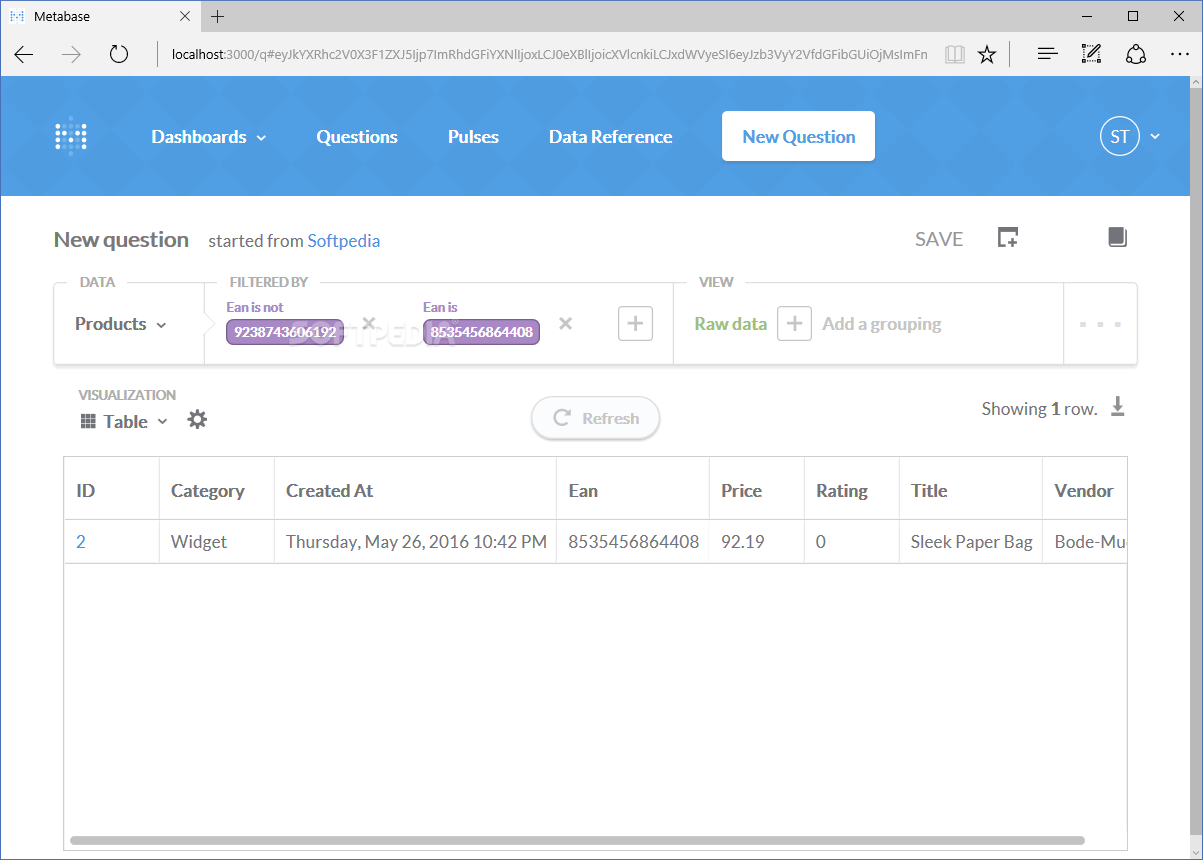
It loads the data onto the desired Data Warehouse/destination such as Amazon Redshift and transforms it into an analysis-ready form without having to write a single line of code.
#Metabase integrations free#
It supports 100+ Data Sources including Metabase and other 40+ Free Sources. Hevo Data, a No-code Data Pipeline, helps load data from any data source such as Databases, SaaS applications, Cloud Storage, SDK,s, and Streaming Services and simplifies the ETL process. Above all, it doesn’t use SQL at all, so you don’t need professionals with an understanding of a popular programming language. It features unparalleled data visualization options, allowing Data Analysts to easily present and visualize data in a variety of different ways. Metabase is an open-source Business Intelligence tool that you can connect with Amazon Redshift to easily analyze your data from a myriad of different sources. One of the most popular Business Intelligence tools that companies use to get a better understanding of their data is Metabase. It’s a fully managed Data Warehouse that utilizes the power of SQL to easily analyze both semi-structured and structured data across operational Databases, Lakes, and Data Warehouses. The Data Warehouse is a part of Amazon Web Services, arguably the biggest name in the Cloud Computing sector right now. Introduction to Redshift and Metabase Image SourceĪmazon Redshift is one of the most popular Data Warehouse offerings in the world right now. Read along to gain insights into how you can set up Redshift Metabase Integration. If you want greater clarity over your data, you should consider Redshift Metabase Integration. Connecting Redshift DB to Metabase is not very complicated, and it’s a simple process primarily because Redshift is one of the officially supported databases by Metabase. Metabase allows users to visualize data and share it with the rest of their team.

#Metabase integrations how to#
How to Resolve a Time Out Error in Redshift Metabase Integration?.Step 7: Run Queries While Filtering and Summarizing.Step 5: Select the Syncing Times and Frequency.Step 4: Establish a Secure SSL Connection.Step 2: Select a Suitable Database Connection Option.Steps to Work with Redshift Metabase Integration.Simplify ETL and Data Analysis with Hevo’s No-code Data Pipeline.Publishing data visualizations to the web.Strategies for delivering customer-facing analytics.And you don’t care who sees the data you want to make those stats available to everyone. Use them when you just need to show someone a chart or dashboard without giving people access to your Metabase. When to use public links and embeds: public links and embeds are good for one-off charts and dashboards. If you’d like to share your data with the good people of the internet, you can create a public link or embed a question or dashboard directly in your website. For example, say you want to showcase some benchmarking stats: if you just want to make those stats available exclusively to your customers, you could use a signed embed. When to use signed embedding: you don’t want to give people ad hoc query access to their data for whatever reason, or you want to present data that applies to all of your tenants at once. Signed embeddingĪlso known as standalone embedding, signed embedding is a secure way to embed charts and dashboards. With full-app embedding, people can create their own questions, dashboards, models, and more, all in their own data sandbox. When to use full-app embedding: when you want to offer multi-tenant, self-service analytics. There are three ways to embed Metabase in your app:įull-app embedding is the only kind of embedding that integrates with SSO and data permissions to enable true self-service access to the underlying data. You can embed Metabase tables, charts, and dashboards-even Metabase’s query builder-in your website or application.


 0 kommentar(er)
0 kommentar(er)
